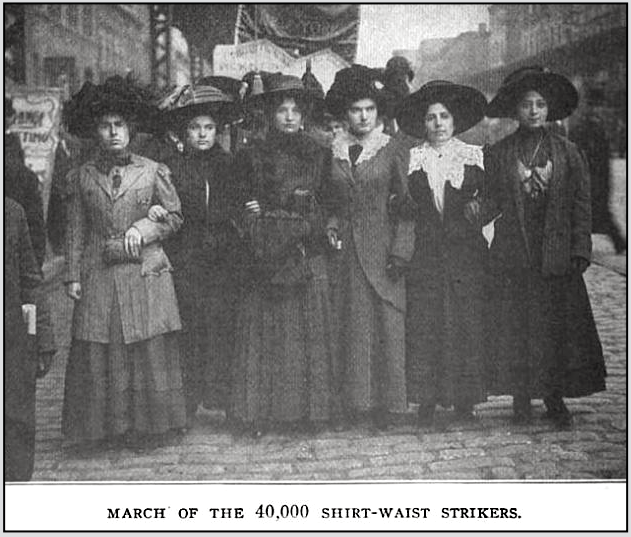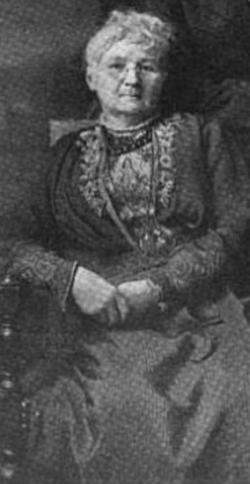He uses Bibles in New York
and bullets in Colorado.
———-
Hellraisers Journal – Monday May 4, 1914
New York, New York – Police Attack May Day Rally at Union Square
From The New York Times of May 2, 1914:
The Times blames anarchists for the police attack upon the peaceful rally:
5,000 STAMPEDED BY POLICE CLUBS
———-
Women and Children Felled in Flight
at Union Square May Day Rally.
———-With Chief Inspector “Schmittberger close behind issuing vain orders to halt and return to their stations, 200 uniformed policemen charged through the May Day gathering of Socialists and labor unionists who celebrated the International Labor Day in Union square yesterday.The police charge caused a stampede of 5,000 of the 15,000 persons in the Square. Clubs flew right and left, the police jumping over the bodies of prostrate women, men, and boys and even two babies, to reach people beyond them….
Schmittberger’s powerful voice was heard above the dim of the stampede and the screams of women and children who had been bowled over.
“Back to your stations, you men! Down with your clubs! Stop this! Stop it at once!” the big Inspector called out and his message seemed to bring the excited policemen to their senses.
As they turned to retreat over a big open space they had cleared they found two little babies rolling in the dirt, with their mother, Rebecca Shulman, trying to crawl to them from a point ten feet away where she had landed on her head. One man, Bola Bologna, of 355 East 184th Street, was bleeding profusely from a wound across his head…
Crowd’s Mood Changes. While the charge was being made Socialist speakers, several of whom were women, were standing on the cottage porch, from which a woman was addressing the multitude. The police advance occurred so quickly that the meeting itself was not disturbed. Speakers continued with their appeals to keep May 1 as a general labor holiday, in harmony with a world-wide movement, for several minutes after the stampede.
But the mood of the crowd was changed. The marches, from 30,000 to 60,000 strong, had been sweeping into the Square for four hours. All had arrived in a cheerful mood, and there had been much singing, while little children by the hundreds mingled with the men and women marchers.
[Photograph and emphasis added.]

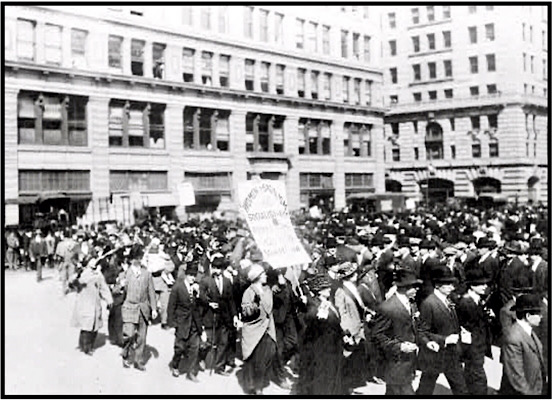
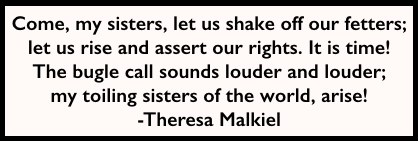 —————
—————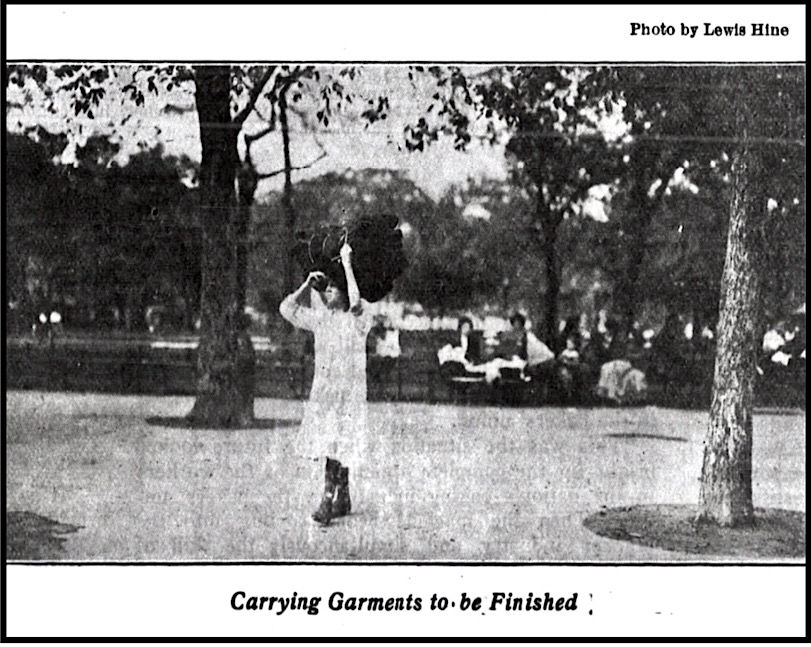
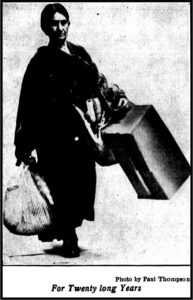
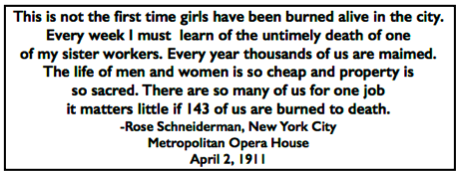 —————
—————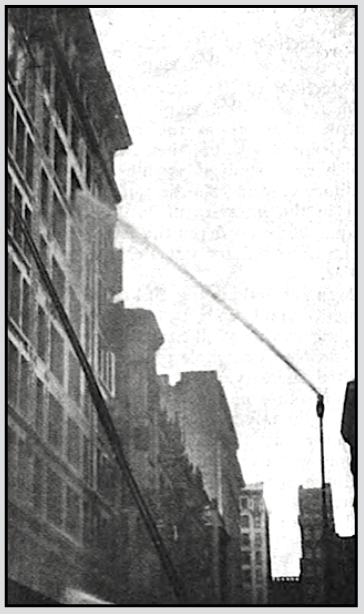
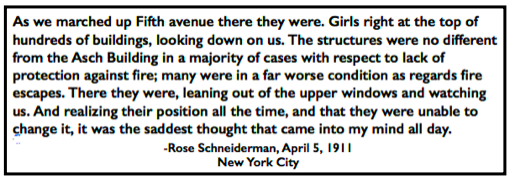 ———-
———-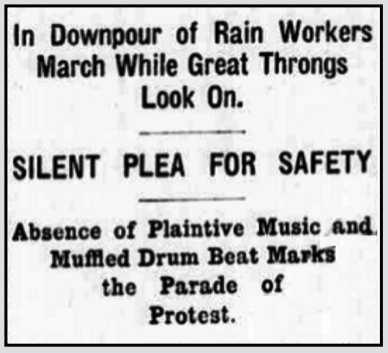
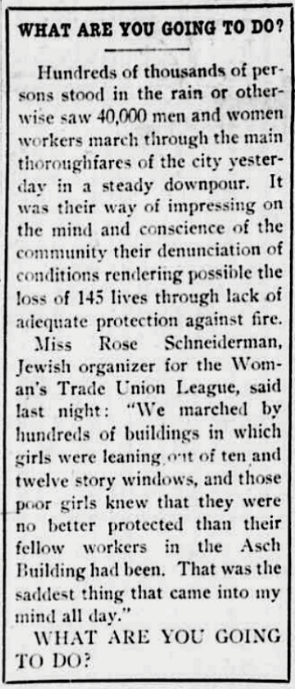
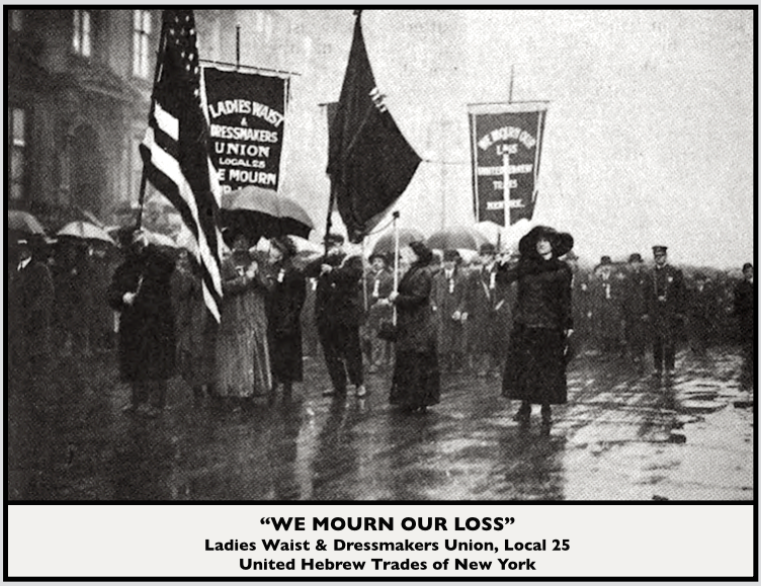
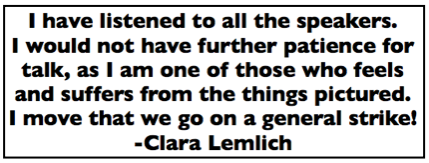 ———-
———-